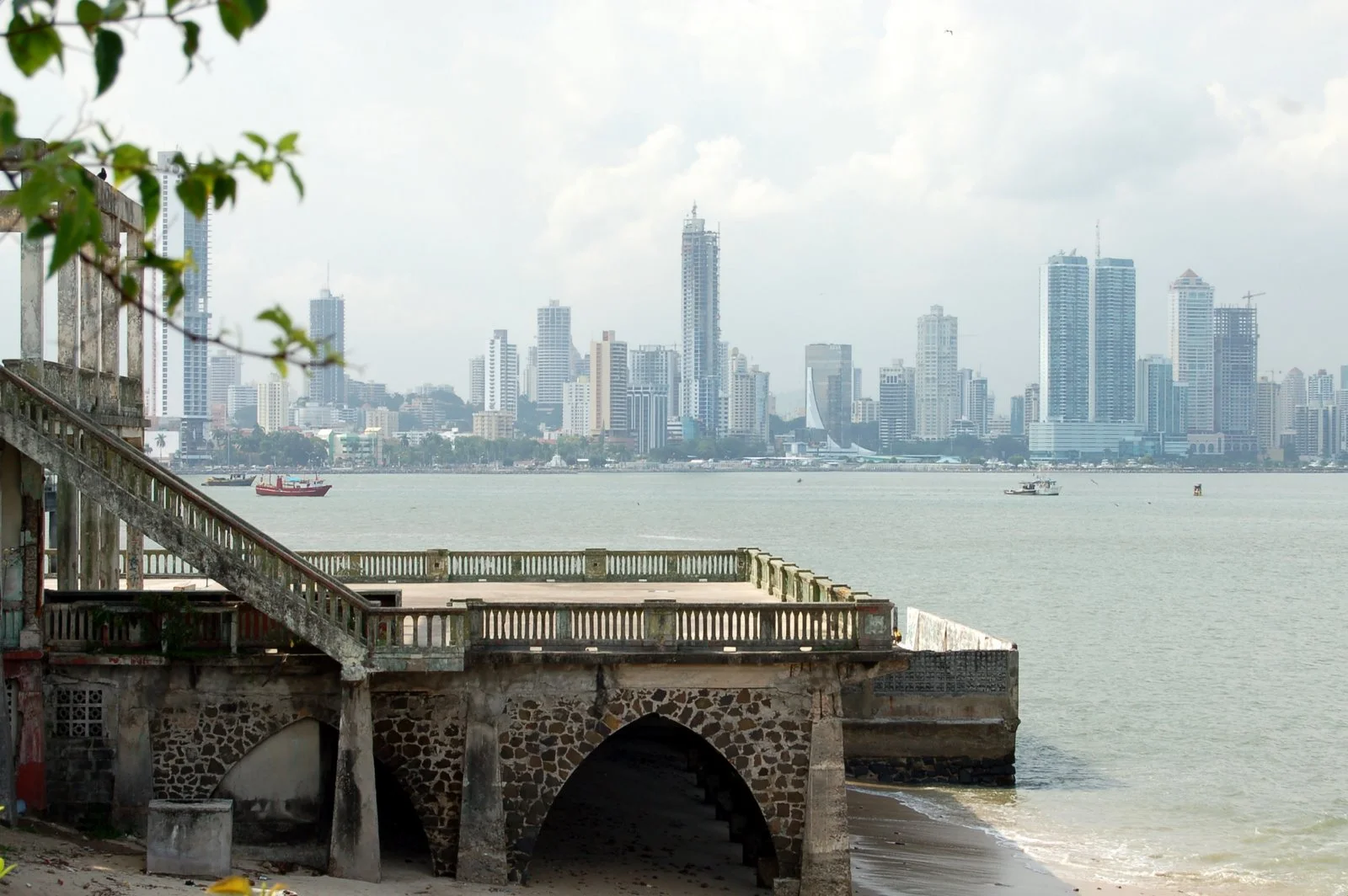Located at 9 degrees latitude in the northern hemisphere, Panama has always been at the center of world trade. As far back as colonial times it served as a shipping point between North and South America.
With a favorable investment climate, Panama has become a haven for foreign investorsPanama is ethnically diverse, with mestizo (mixed ancestry), Spanish, descendants of African slaves, and five indigenous tribes making up the largest groups. Chinese and American populations are also on the rise in business and urban areas.
Economy and investment
The services sector, including commerce, banking and tourism, accounts for two-thirds of Panama's GDP, which grew 10.6% in 2011. The International Monetary Fund forecasts growth of 7.5% for 2013, one of the highest in Latin America.
In 2007 Panama began work on the $5.3 billion expansion of the Panama Canal, which will allow larger ships to pass, and create more jobs in the canal zone. The port city of Colon is the second largest free-trade zone in the world after Hong Kong, but Panama plans to make it the largest. The expansion of the Canal all but guarantees that Panama will remain a central hub of trade and commerce for years to come. The U.S. ratified the The United States-Panama Trade Promotion Agreement on October 21, 2011, which went into effect in both countries on October 31, 2012.
In 2011 US foreign direct investment in Panama was $5.7 billion, ranking it first in Latin America as a % of GDP. The dollarized economy facilitates business transactions and reduces currency risk. For many retirees and investors, Panama is becoming the place to retire and invest.
Panama is rapidly rising to contend with Costa Rica as a preferred location for retiring Baby Boomers. Real estate development has skyrocketed, as evidenced by Donald Trump’s large real estate investment projects in Panama City. Foreign investors are buying rugged coastal areas along the Atlantic and Pacific and developing prime beachfront property. Major companies such as Proctor and Gamble and Dell have relocated to Panama over the past decade and are working to double their operations.
Development challenges
While new skyscrapers dominate the skyline of Panama City and shinySUVs clog its roads, poverty is still a persistent problem in the campo, or countryside. Access to middle-high school education is still limitedand costly for most rural families, and many communities lack basicservices such as electricity and running water. Our Indigenous employeeLiriano was forced to stop attending his university classes because thetransport alone cost half his salary.
Rural subsistence farmers and indigenous peoples in Panama living on a few dollars a day lack sustainable economic opportunities.




